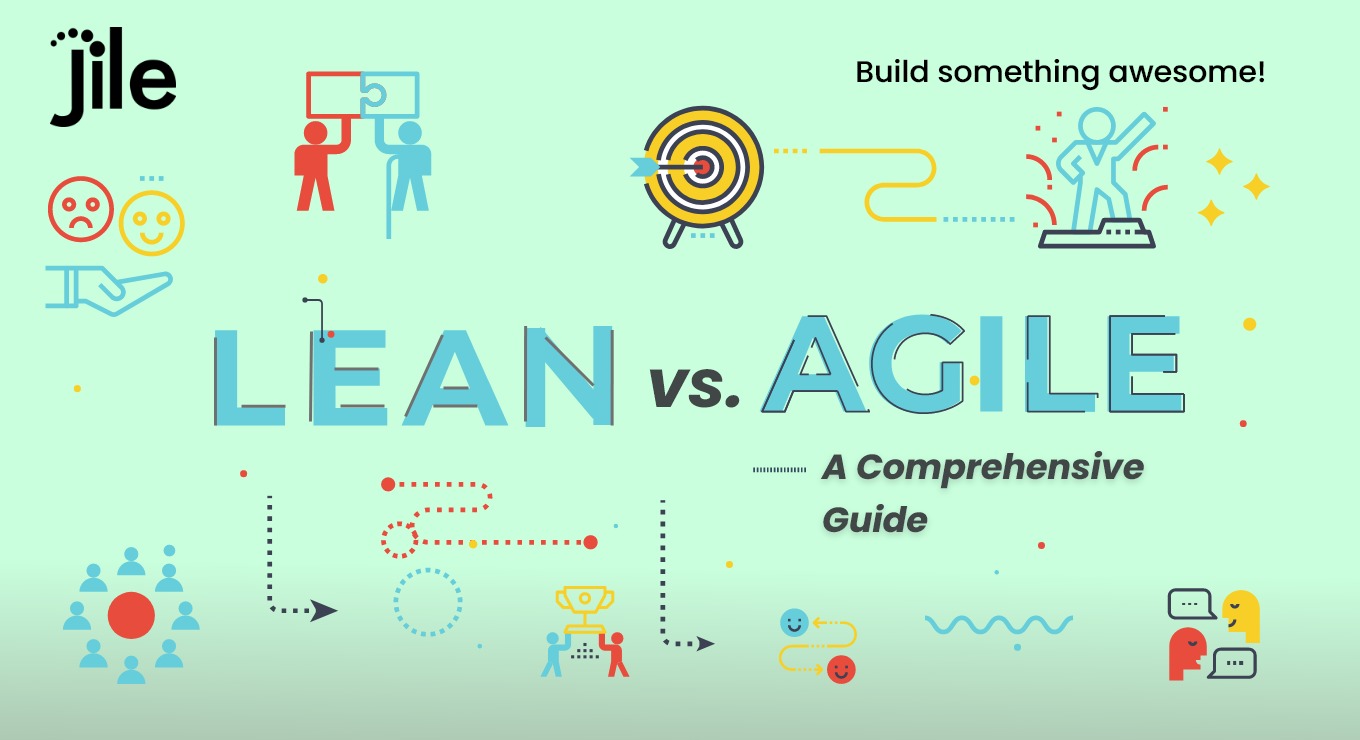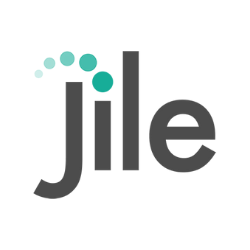Lean vs. Agile : What are the Differences between these two?

Agile methodology and Lean are two standard methodologies that enable teams to generate faster, more sustainable solutions in the software development and project management spheres.
Agile and Lean are both flexible, fast, and end-user-focused project management methodologies that enable teams to develop high-quality products and services rapidly and sustainably across a variety of professions and sectors. While the end objective is the same, often, these two project management methodologies are referred to interchangeably. Here we will be discussing all about agile vs. lean methodologies, what are their unique pros, core values, and benefits.
A project manager must grasp the distinctions and similarities between Lean and Agile methodologies as well as the hybrid concept of agile-lean to ensure judicious decision-making, and proper implementation to ensure a robust, smart, and scalable project development lifecycle.
Introduction to Lean Methodology
The lean software development process or methodology is based on the ideas of lean manufacturing. Toyota created this concept to cut costs and increase the efficiency of the automotive production process. Businesses implementing lean methodology recognize the value of their customers, reduce waste, and ensure greater employee productivity.
Main Focus of Lean
A business must focus on iterating essential processes to reduce waste and boost consumer value for lean methodology. The goal is to develop zero-waste operations that give excellent value to customers. It enables businesses to respond quickly and cost-effectively to changing client demands.
Core Values of Lean
In a nutshell, the lean methodology entails delivering more value to customers while using fewer resources. It emphasizes the significance of getting rid of anything that does not provide value to the customer.
The following are the basic principles of lean development:
- Waste elimination
- Building quality
- Producing knowledge
- Deferring commitment
- Quicker delivery
- Showing respect
- Complete optimization
Introduction to Agile Methodology
The agile approach is a practice that emphasizes iteration and rapid response to changes in an unpredictable environment. It also highlights the significance of teamwork among the company, the client, and the agile developers. With the publication of the Agile Manifesto, this methodology gained traction in leaps and bounds.
Main Focus of Agile
Here are the primary focus points for agile methodology:
- Customer satisfaction is the top focus
- Changes in regulations should be welcomed
- Build projects around people who are passionate about their work
- In-person conversations are to be encouraged
- Working software is the most crucial indicator of progress
- The pace of development that is sustainable
- Consistent focus on technical excellence and aesthetics
- Simplicity
- Teams that self-organize
- Reflection and adaption regularly
Core Values of Agile
The Agile Manifesto shares the following values:
- It's about people and their interactions regarding tools and processes
- Working software trumps thorough documentation
- Collaboration with customers is preferred over contract negotiations
- Adapting to change following a strategy
- The agile technique is centred on producing working software through individual cooperation while adapting fast to new needs, feedback, and market changes.
Know In-Depth About the Agile Project Management
Difference between Agile and Lean
Here we will be focusing on the key differences between lean and agile.
1. Methodology
While Agile development borrows many of its principles from lean manufacturing, and adapts them to software development, agile lean methodologies still have specific differences in how they operate.
Agile: Agile is a software development style that takes an iterative approach to meet client needs by deferring final product commitment until demand is known.
Lean: Lean emphasizes customer satisfaction by detecting and reducing waste, which refers to any activity that consumes resources without adding value.
2. Definition
Agile: The Agile Manifesto contains a collection of ideas and ideals referred to as Agile. It's a powerful technique that emphasizes customer collaboration, individual and group interactions, meetings and feedback, thorough documentation, and iterative delivery to uncover better ways to develop software.
Lean: Lean methodology emphasizes the elimination of unproductive working practices.
3. Approach
Agile: Agile project management is based on a systematic, iterative strategy that divides a project into small modules known as sprints. Responsive modifications, cooperation, and continuous learning establish an event-driven approach for a specific project-related circumstance. Throughout the development cycle, it encourages continuous iteration of development and testing.
Lean: To boost efficiency, the lean strategy focuses on making tiny incremental modifications to the manufacturing process.
4. Principle
Agile: Individuals and interactions are at the heart of the Agile Manifesto. Agile emphasizes continuous engagement between teams and end-users to maximize efficiency while minimizing complications. Agile places a higher focus on client collaboration than contract negotiations.
Lean: Lean is all about eliminating waste rather than creating fresh ideas for a competitive advantage for customers. It follows a deliberate plan.
5. Goal
The goal is one of the key aspects to consider while discussing agile vs. lean.
Agile: Scrum software, Feature-Driven Development (FDD), Extreme Programming (XP), Crystal, and other iterative software development approaches fall under the Agile umbrella. The goal is to build something that meets the needs of the end-user.
Lean: Lean is a broad phrase that encompasses any systematic approach based on Lean Manufacturing and the Toyota Production System, such as Lean Manufacturing, Lean Development, and Lean Approach. The idea is to eliminate any procedure that doesn't bring any value.
Agile vs. Lean: Comparison Chart
Here is a brief comparison between Agile and Lean:
| Factor | Agile | Lean |
|---|---|---|
Definition |
It's a Software Development Model that goes through six stages during its life cycle. | It's also a Software Development Model based on the Manufacturing model. |
Development |
It is created utilizing several frameworks like Scrum or Kanban software. | It can be created by combining manufacturing ideas and methods. |
Integration |
It can be designed to accomplish the final development and integration by supplying small or frequent product components. | It can be created so that the Lean model's concepts are applied. |
Time |
It is used to perform or supply applications or products dynamically. | It can be utilized to improve the product's speed and quality. |
Generality |
Its life cycle is divided into six segments. | Its development model is based on seven concepts. |
Principle |
It's all about the product's value and scope. | It's all about the development speed and the product's quality. |
Built-in facilities |
It can be utilized for any product development, large or small, and selected as an appropriate framework. | It can be used to make tiny amounts of products. |
Ease of use |
It's more convenient to use when the requirements vary frequently. | It is inflexible in the face of dynamic changes in deliverables. |
Flexibility |
It allows you flexibility in the use of various frameworks. | It aids in the product's ongoing inspection and adaptation. |
Summary
Large companies and businesses require a makeover to keep up with the fast-changing corporate ecosystem, which necessitates implementing a more sophisticated system to fulfill the ever-changing client expectations. Special attention needs to be paid to the difference between lean and agile. Lean development is a method for speeding up the development process by focusing on the most critical aspects of the project and eliminating anything that wastes resources and adds no value. Agile is an innovative method of software development that stresses customer happiness and collaboration between teams and end-users. It is built on the ideas of Lean development. With firms confronting new difficulties daily, determining the best response is critical. And, the hybrid approach of agile lean might be the most effective way businesses can rely on to take their product development endeavours to the next level.
Thanks for subscribing to our latest blogs, thought leadership and other product updates!
Read our Privacy Notice to know more. You can opt-out of all communications anytime.
